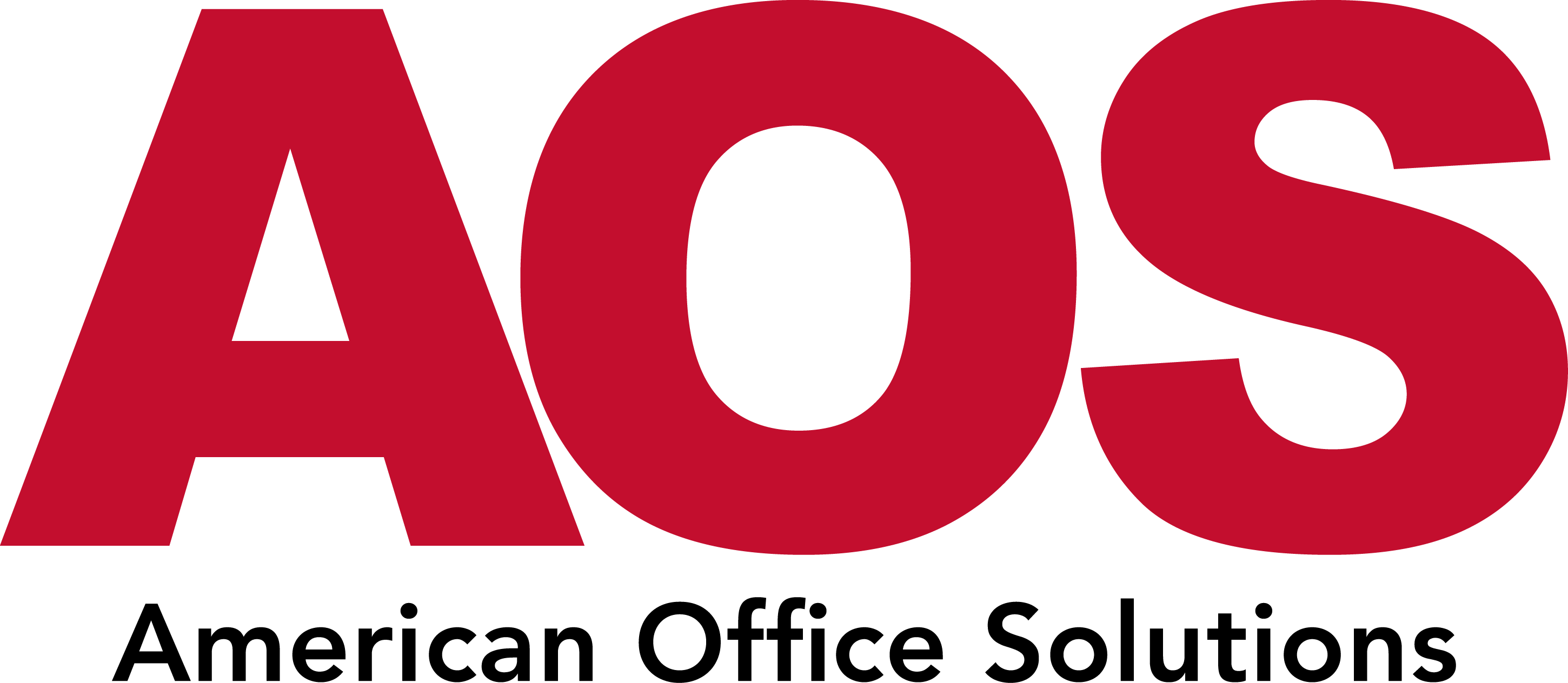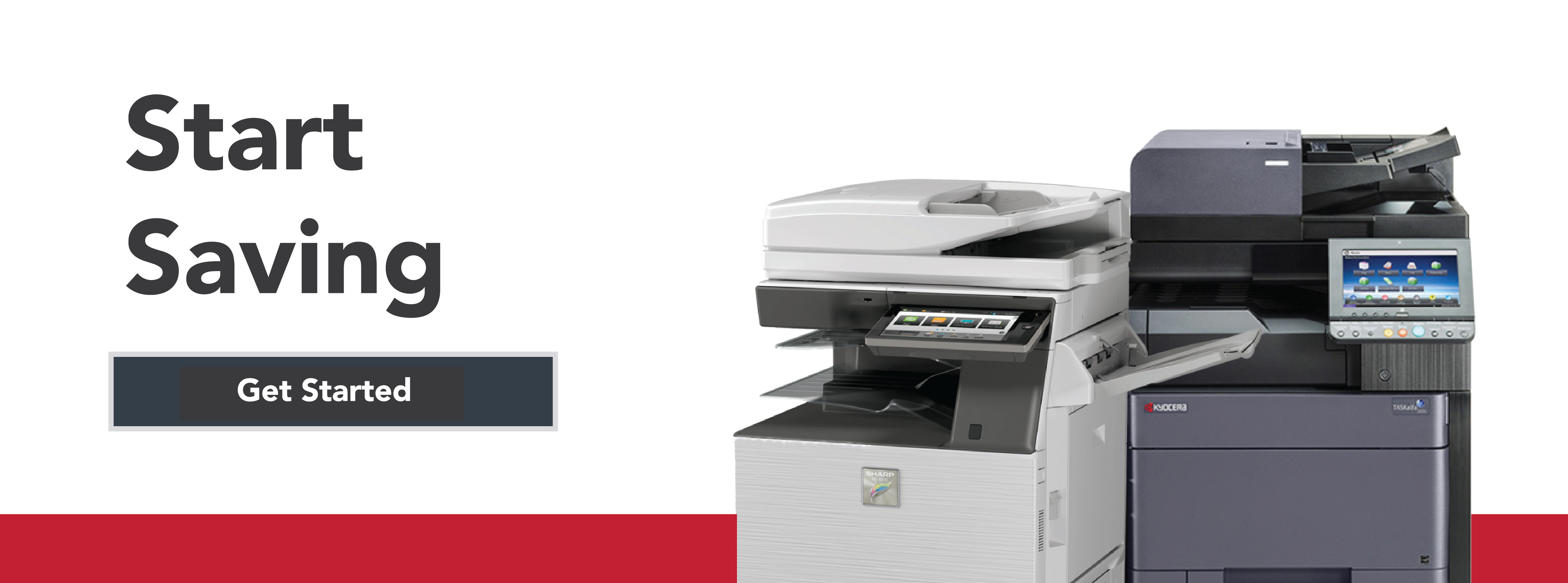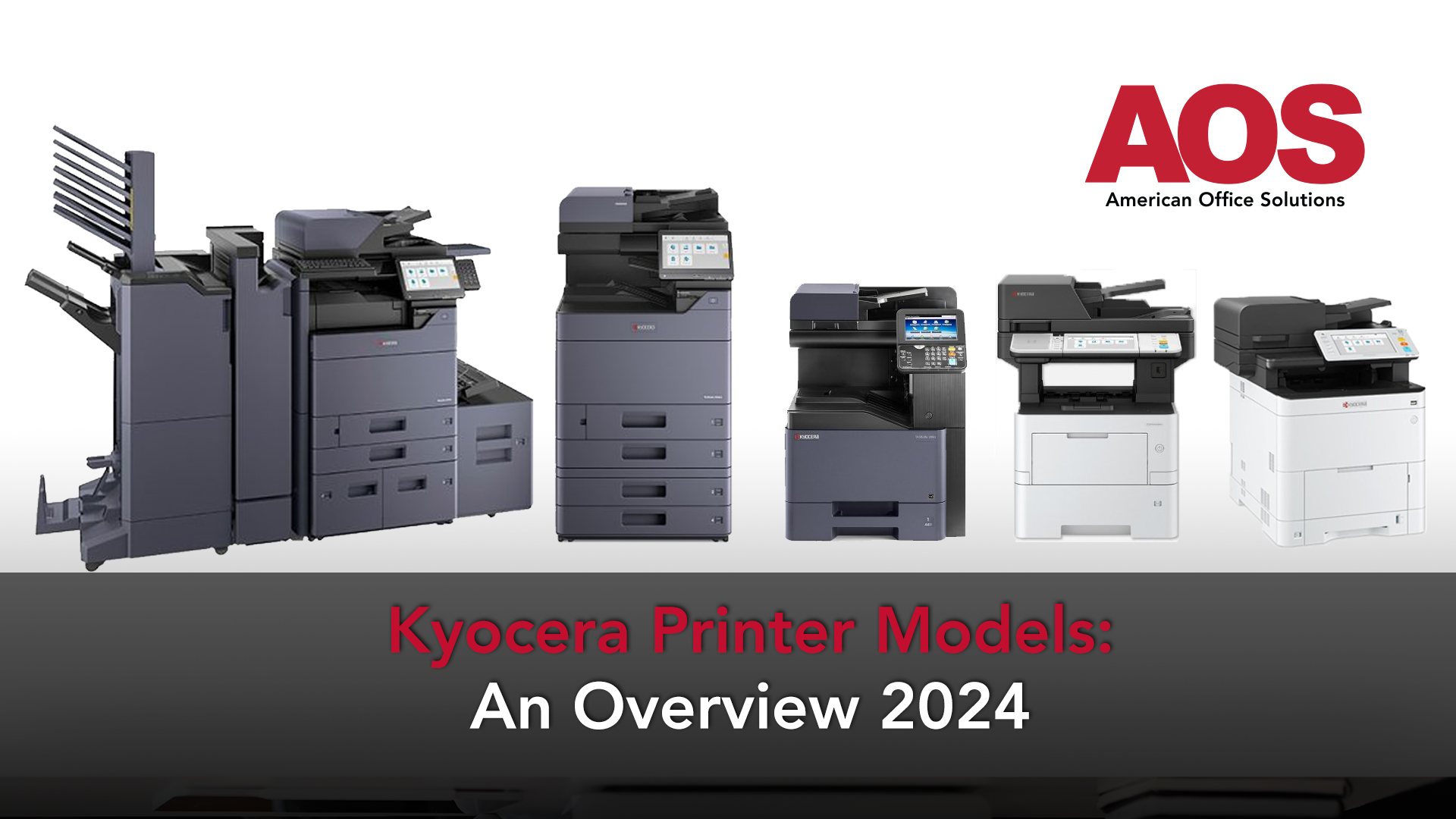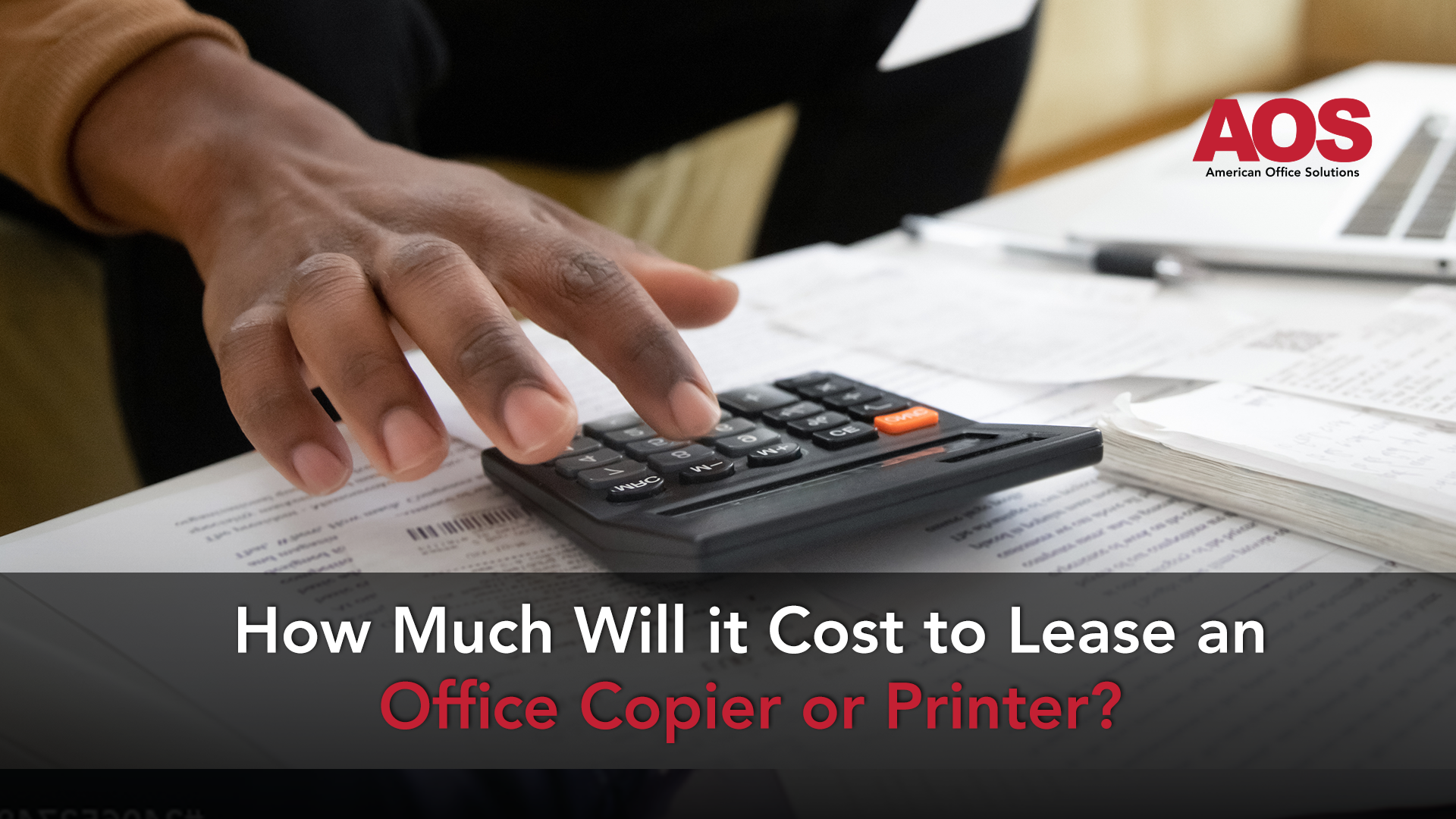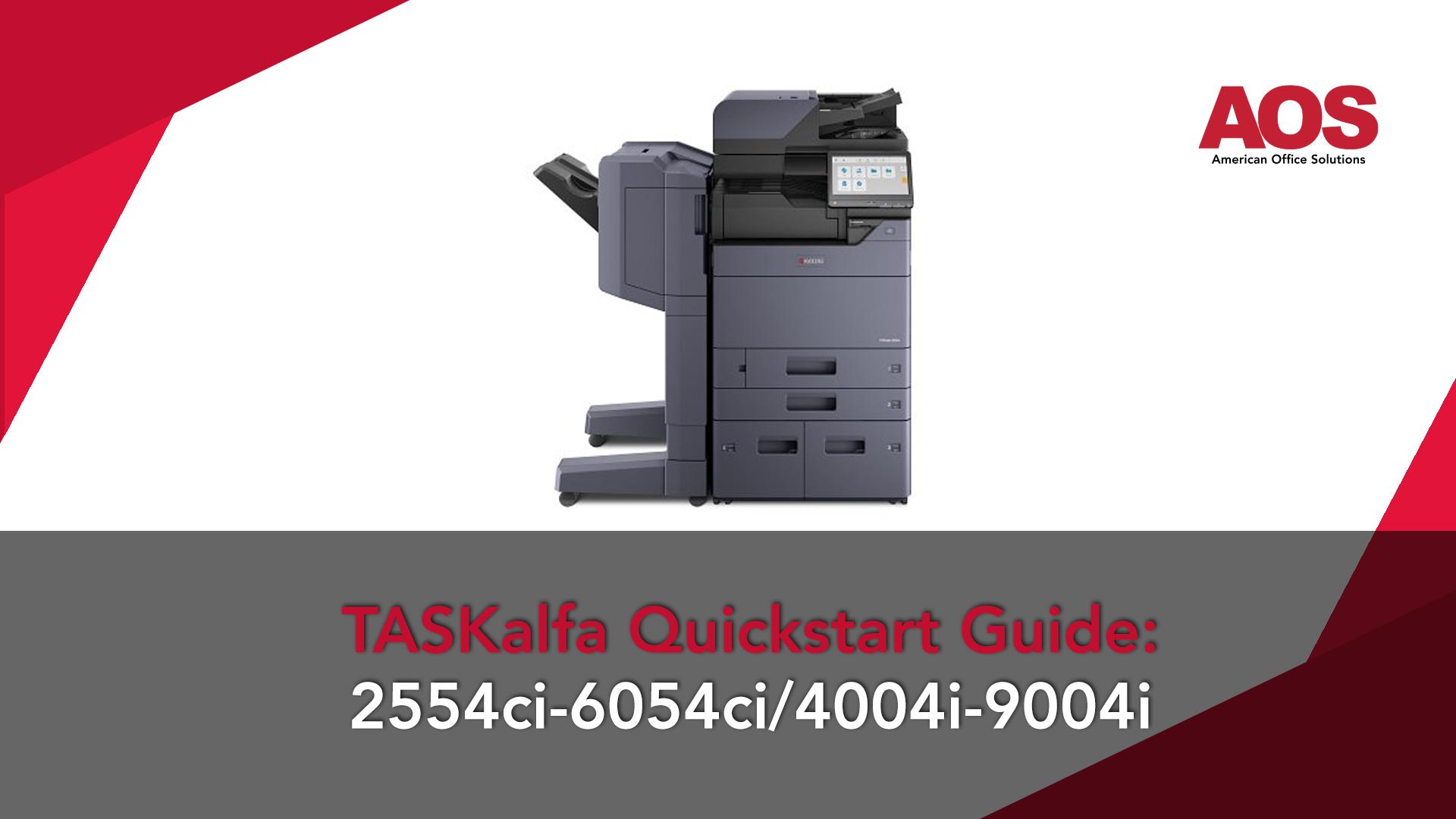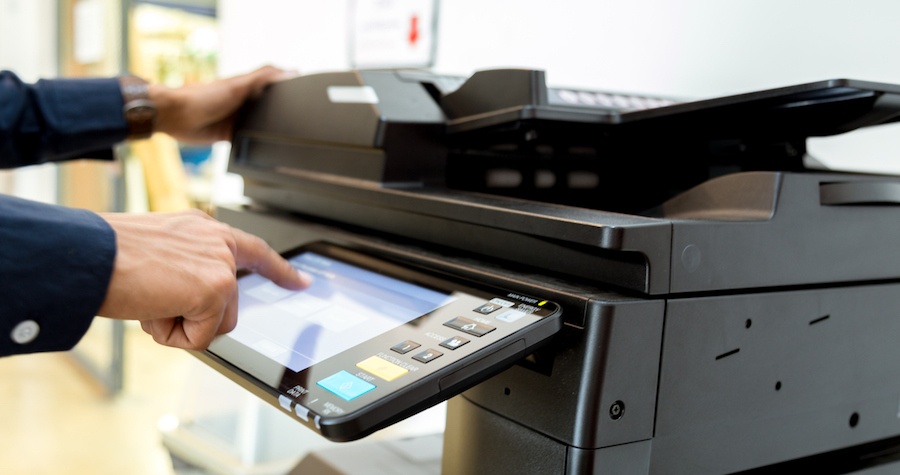
Legacy copy and print brands have done an exemplary job of branding themselves, often relying on name recognition to enhance their positions as industry leaders. It’s not unusual, for example, to hear workers of a certain generation refer to “making a Xerox” rather than “making a copy.”
It’s imperative, however, to consider the functionality and capabilities of the device you choose rather than rely on the brand name alone. Refer to the five assessment categories presented here when selecting the best copier or printer for your organization.
1. Print Quality
A company’s marketing team is ultimately responsible for protecting its corporate brand and ensuring that its promotional materials stand out from competitors’. Matching precise Pantone® colors and producing superb image quality are of utmost importance.
The best way to determine print quality is with a side-by-side comparison. Recently, we met with a potential client who was familiar with a legacy brand that was once considered the color expert in the industry. We conducted a demonstration that compared that brand’s performance against a Kyocera printer. After setting up the color profiles, the same image document was printed on both devices and the results were eye-opening. The Kyocera easily outperformed the legacy brand with stunning resolution and vivid image quality.
2. Software Compatibility
The education sector experiences some notoriously frustrating print issues as it relates to software compatibility. Students and faculty use multiple devices in classrooms, including iPads, Chromebooks and others. Print drivers vary among them, and a school’s IT staff is often called upon to manually configure these devices. When multiple print and copy brands are in use, the task can be very time-consuming.
We’ve found that a print compatibility software solution such as PaperCut allows users to print with ease and mobility from multiple interfaces, including Windows, Mac, Linux, and Novell. This solution is also capable of tracking and budgeting printing based on specific individuals, departments and/or student centers.
Additionally, healthcare facilities often need a reliable printer or smaller multifunction device that performs well with Enterprise Resource Planning (ERP) software. Our clients have seen great success with Lexmark in this regard.
3. User Tracking
Many industries must account for each printed document for billing purposes. If you work in a law firm, for example, you need to ensure that the device you choose has account-code tracking capabilities in order to accurately charge clients. Another example is the real estate industry, where employees often use their own devices. These types of businesses must be able to track usage and attribute it to users and clients.
4. Output
Some organizations simply need a workhorse of a copier. Religious institutions and nonprofits typically print high volumes each week in the form of church bulletins and newsletters. Timelines are often tight, so rapid printing speed and reliable performance are critical.
Another consideration is output size. Not all devices can accommodate paper 11x17-inch or larger. Financial institutions, accounting offices and architectural firms often require ledger size for spreadsheets, blueprints and other large format documents.
5. Service
The quality of service provided by your print services partner is just as, if not more important than the device you select. We begin our client relationships by performing a thorough print analysis; this helps identify your organization’s unique needs and ensures that the copiers and printers you use offer the appropriate range of capabilities. We also train users within your company and are available to resolve issues should they arise.
Our industry experts welcome the opportunity to speak with you about your challenges to determine the solution that’s aligned with your needs. We’ll make recommendations based on your environment and the features that will be most beneficial for your situation… and your bottom line. Contact our print experts today.
